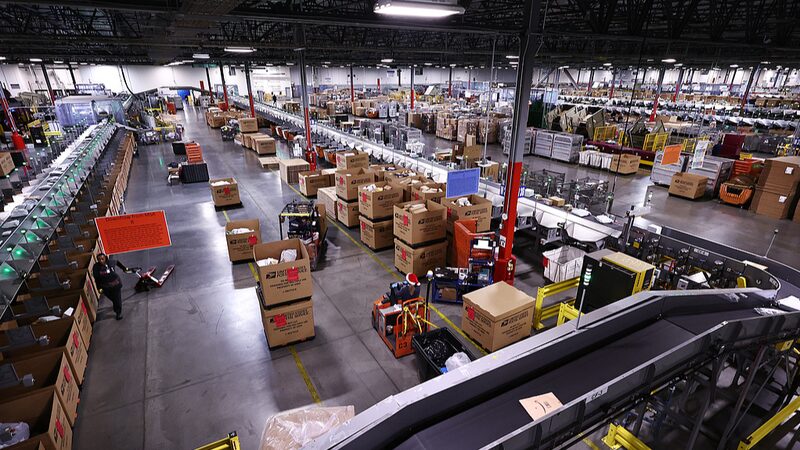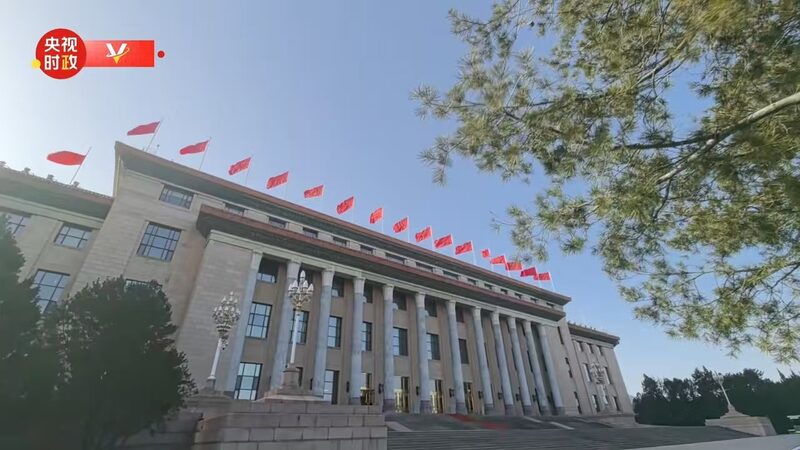Japan is currently grappling with a severe flu outbreak, with panic buying leading to significant shortages of flu medications in hospitals and pharmacies. Since late December last year, the number of flu cases has reached unprecedented levels, overwhelming the country's healthcare system.
According to China Media Group, the shortages are primarily due to uneven stock distribution and excessive hoarding by certain medical institutions. The National Institute of Infectious Diseases reported approximately 9.523 million flu cases from September 2, 2024, to January 26, 2025.
The Ministry of Health, Labor, and Welfare highlighted that the final week of December 2024 saw the highest weekly flu caseload since records began in 1999. During this peak, around 5,000 designated medical institutions reported a total of 317,812 patients, averaging 64.39 cases per facility—significantly above the government’s warning threshold of 30.
In response, health officials have consistently urged the public to adopt preventive measures such as wearing masks and practicing thorough handwashing to curb the spread of the virus.
In addition to the flu, Japan is experiencing a surge in avian influenza outbreaks, resulting in the culling of approximately 5 million chickens and other birds across five prefectures in January. The Ministry of Agriculture, Forestry and Fisheries has warned that these outbreaks show no signs of slowing and may continue to intensify, potentially breaking previous records. This crisis has also impacted the economy, with egg prices increasing by 15 percent since the beginning of the year.
Reference(s):
Panic buying causes drug shortages in Japan amid flu outbreak
cgtn.com




